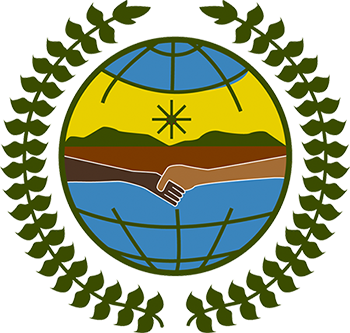OHCHR, the secretariat of the Permanent Forum, ILO, the World Bank Group and other relevant United Nations entities, including United Nations country teams, should focus on increasing the understanding of indigenous peoples’ underlying material rights to land and the need to give material rights priority over process rights. These agencies should undertake analytical work on how the intensity and exclusivity criteria that are commonly encompassed in domestic property rights systems could be understood in the context of international human rights standards related to indigenous property rights.
Addressee: UNDP, UNFPA, WHO
The Permanent Forum recommends that States, the World Health Organization (WHO), the United Nations Population Fund (UNFPA), the United Nations Development Programme (UNDP) and other relevant organizations adopt targeted policies, programmes, projects and budgets designed to address the staggering prevalence of diabetes among indigenous peoples and put in place culturally appropriate health services, health education and awareness-raising initiatives to treat diabetes and prevent its rapid growth. Particular attention should be given to pregnant women, whose reproductive health is closely linked to the future risk of their children developing diabetes.
Addressee: UNFPA, UN country teams, Member States
In sexual health and reproductive rights there is a need for HIV-sensitive, gender-sensitive and age-sensitive sexual health education that respects cultural sensitivities in pre-testing and post testing conditions and delivery of services. The Permanent Forum recommends:
(a) That, in the design and implementation of its strategic plan for the period 2014-2018, the United Nations Population Fund (UNFPA) take into consideration the rights of indigenous women and young people;
(b) That contributions be made to ministries of health and indigenous women’s organizations to consolidate their work on intercultural standards for
high-quality sexual health and reproductive rights and maternal health and to assess experiences of intercultural health models in other regions of the world in order to identify opportunities for South-South cooperation;
(c) That efforts be made to ensure the integration of indigenous peoples’ rights into national and subnational strategies on gender-based violence and to promote the delivery of culturally acceptable critical services to address gender-based violence and sexual violence, with a focus on adolescents, youth, migrants and indigenous women with disabilities;
(d) That the United Nations country teams contribute to strengthening and integrating the rights of indigenous women and youth into national and subnational development strategies and sectoral plans, particularly but not exclusively in the areas of sexual health and reproductive rights and maternal mortality and morbidity, as well as in adolescent and youth policies and plans;
(e) That contributions be made to supporting work at the country level on the elimination of female genital mutilation/cutting among indigenous girls, including the elimination of other forms of harmful practices, for example early and forced marriage and early unwanted pregnancies;
(f) That efforts be made to promote the rights of indigenous youth at the regional and country levels, including their participation in the International Conference on Population and Development beyond 2014 processes, and, where possible, their participation in UNFPA-led discussions on the post-2015 development agenda.
The Permanent Forum recommends that the United Nations University Institute of Advanced Studies, university research centres and relevant United Nations agencies conduct further studies on the impacts of climate change and climate change responses on indigenous peoples who are living in highly fragile ecosystems, such as low-lying coastal areas and small island States; semi-arid and arid lands and dry and sub-humid lands (grasslands); tropical and subtropical forests; and high mountain areas.

 Welcome to the United Nations
Welcome to the United Nations